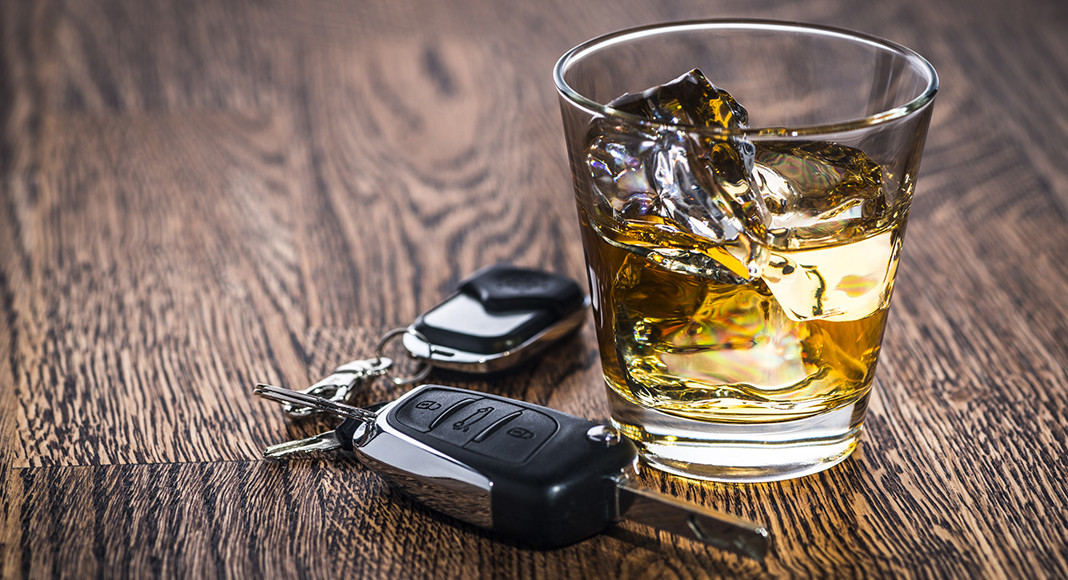Smartphone breath alcohol testing devices vary widely in accuracy, according to a new study.
Research from the Perelman School of Medicine at the University of Pennsylvania found that while some of the latest generation of personal alcohol breath testing devices which pair with smartphones are ârelatively accurateâ others could mislead users into thinking that they are fit to drive.
Alcohol-impaired driving kills 29 people a day and costs $121 billion a year in the U.S. After years of progress in reducing alcohol-impaired driving fatalities, efforts began to stall in 2009, and fatalities started increasing again in 2015.
With several studies demonstrating that drinkers cannot accurately estimate their own blood alcohol concentration (BAC), handheld alcohol breath testing devices, also known as breathalyzers, allow people to measure their own breath alcohol concentration (BrAC) to determine if they are below the legal limit of .08% before attempting to drive.
The findings, published in Alcoholism: Clinical & Experimental Research, compared the accuracy of six devices with that of two validated alcohol-consumption tests â BAC taken from venipuncture, and a police-grade handheld breath testing device.
All seven devices underestimated BAC by more than 0.01%, though some were consistently more accurate than others. Two devices failed to detect BrAC levels of 0.08% as measured by a police-grade device more than half the time and two of the other devices had similar accuracy as a police-grade device.
âWhile itâs always best to plan not to drive after drinking, if the public or addiction treatment providers are going to use these devices, some are more accurate than others,â said lead investigator M. Kit Delgado, MD, MS, an assistant professor of Emergency Medicine and Epidemiology at Penn.
âGiven how beneficial these breathalyzer devices could be to public health, our findings suggest that oversight or regulation would be valuable.â



















